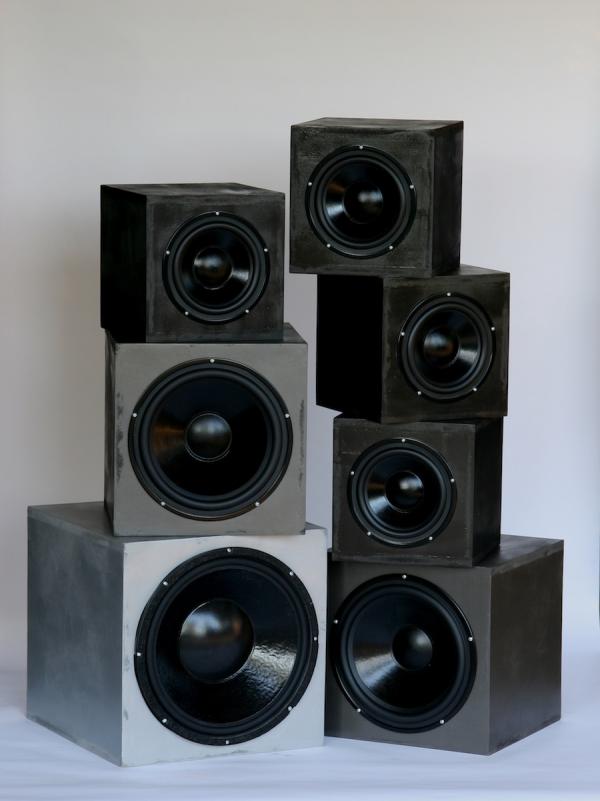Subwoofers: 4, 2, or 1?

I can tell you in one paragraph how to set up a pair of small speakers, but I could write a book about setting up subwoofers. It’s the most challenging aspect of home audio because the resonances in a room tend to stress certain bass frequencies and strangle others. The effects of those resonances change from place to place in a room, so the sound may be perfect in one seat and a mess the next chair over.
A few years ago, researchers at Harman International found that using four subwoofers in a room — in the corners or at the midpoint of each wall — delivered smoother response across multiple seats than a single subwoofer could. But discovering that four subs are better than one creates a new conundrum for the audio enthusiast. Sure, a few of us have the luxury of asking, “Should I buy one kick-ass subwoofer or four kick-ass subwoofers?” But the question most of us must ask goes more like, “Should I spend my $1,200 subwoofer budget on one kick-ass subwoofer, two pretty good midsize subwoofers, or four little bargain subs?” In other words, would you get more benefit from the deep extension and powerful dynamics of, say, a big 15-inch sub, or from the smoother response of four 8-inch subs in the corners?
Unfortunately, finding a simple answer to this question may be impossible. Say you compared Brand X’s 15-inch sub to four of its 8-inch subs. Well, what if the driver in the 15-incher kind of sucks? Or what if the engineers tuned the 15-incher for tight bass while they tuned the 8-inchers for maximum output? Performance differences like these would make the results of a comparison meaningless.
The more I thought about it, though, the more I realized that while I couldn’t find the definitive answer to this question, I might be able to discover some useful clues. To do so, I had to create as level a playing field as possible. Which meant ensuring that the subs had as similar a design as possible. Which meant I’d have to build them myself.
- Log in or register to post comments






























































